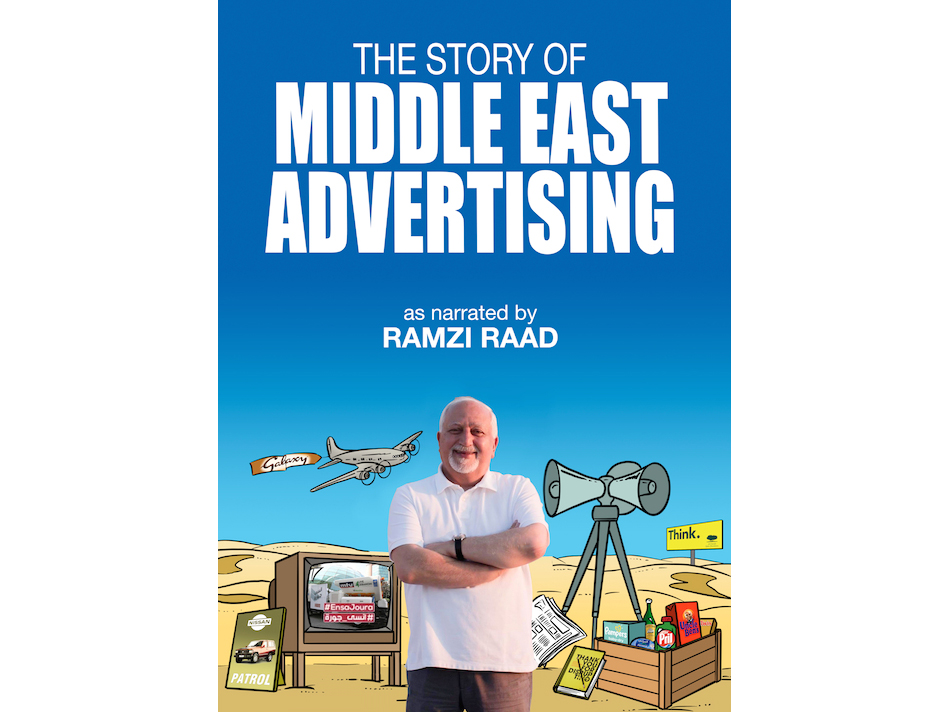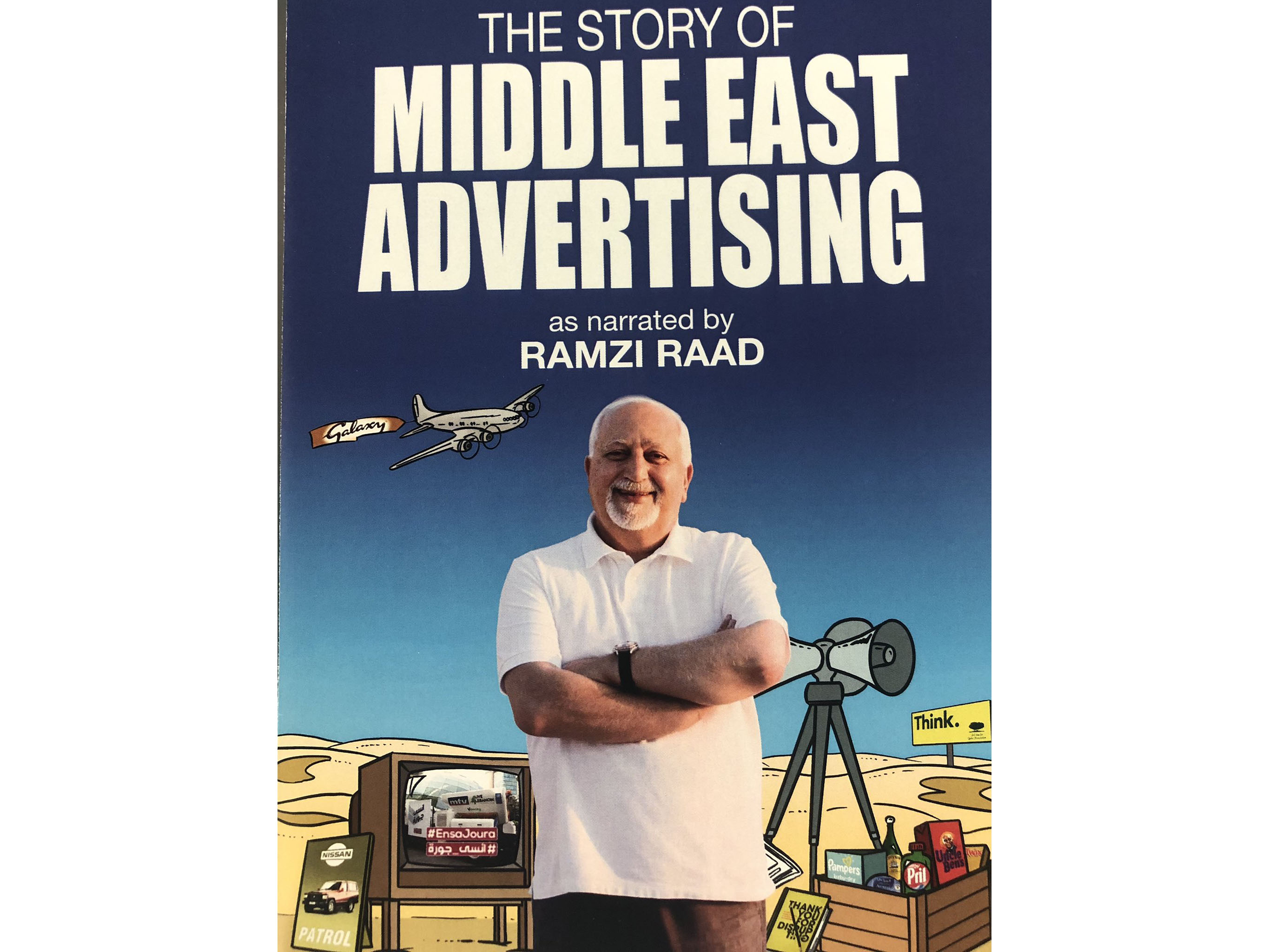News - Advertising
From birth pangs to maturity in the MENA ad industry - Ramzi Raad’s ‘The Story of Advertising in the Middle East’ affords readers a behind-the-scenes look
by Ghada Azzi
October 25, 2022
.jpg) Advertisement
Advertisement“The hero of my story is the advertising industry in the MENA,” said Ramzi Raad, Group chairman of TBWA\Raad, during the introduction of his new book titled “The Story of Middle East Advertising.”
Speaking before a packed and eager crowd gathered in the auditorium of the Suliman Olayan School of Business, the veteran adman explained that this work was not about his personal journey in advertising, but rather the saga of advertising, narrated by the co-founder of TBWA\Raad himself.
Raad took a moment to discuss the writing process, how the book idea came about, the research involved, and most importantly the motivation behind the ambitious undertaking. He explained that the concept began to coalesce following the publication of his first book, “A Decade of Disruption,” when he began jotting down scattered thoughts, random ideas and various notes on the back of plane tickets, napkins and other unlikely writing surfaces.
According to Raad, the difficulty was to later decipher those hastily scribbled notes, and the journey of researching and writing was more a marathon than a sprint to finalize the book, which highlights the milestones accomplished by the advertising industry in the region.
“This book we are launching today,” he said “has been written with the objective of demonstrating to the world that we have succeeded in developing a robust communication industry in the Middle East that is dynamic enough to support home-grown markets and brands, many of which are trailblazing on the global stage.”
Neither a chronicle nor written in the chronological order of events as they happened, Raad’s book rather offers a backstage pass in the industry, taking readers behind the scenes to discover for themselves Raad’s personal narrative, just as he saw and experienced them during his half-century journey through the MENA adland. “It tells the stories of markets, clients, and communication disciplines independently, maintaining the focus on each, from the beginning of a specific story till it ends.”
Raad’s new book lays out peaks and troughs encountered by the advertising trailblazers as they set out to shape the industry in the region and beyond.
“The Story of Middle East Advertising is hopefully meant to coach communication students and newcomers to the advertising business on the challenges their ancestors – the pioneers –faced to bring the industry to its present level,” Raad said.
However, this inspirational and highly informative book is intended not only for advertisers, but also students, teachers and practitioners, as well as those interested in a life well-celebrated, well-taught and well-lived.
That consideration extended even to the handing out of complimentary books to the invitees, each of whom had a copy awaiting them, complete with personal word left by Raad, rather than having to line up to meet the author and get their books signed.
The self-published book’s foreword was written by none other than Jean Marie Dru, chairman of TBWA worldwide, while the cover was designed by Walid Kanaan, TBWA\Raad’s chief creative officer.
In characteristic fashion, the book’s 141 chapters that make up its segmented 540 pages carry quirky titles such as “The merry admen of the sixties,” “Turning Mecca pilgrims into brand ambassadors,” “Flying in the planes’ toilet,” “Take a good look at Beirut before it burns to the ground,” “The day we delayed the Concorde,” “Convincing Saudi to drink bottled water,” “Making the IAA a beauty parlor for egos,” and “Shredding Qat leaves with Moulinex” among others.
Raad clearly masters the art of storytelling and knows the ideal recipes to build buzz and excitement.
As Dr. Imad Baalbaki, Senior Vice Presidebt for Advancement and Business Development at the AUB said: “First and foremost, ‘The Story of Middle East Advertising’ is an excellent read for those interested in life and its trajectories. The life told within these chapters is a life well-lived that has and will continue to be celebrated. More than that, it is a life that deserves to be taught and told for generations to come.”






.jpg)





.jpg)




